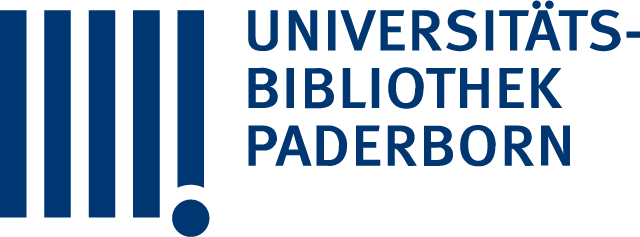Die Nutzung des Internets hat sich signifikant verändert. Während die ursprüngliche Internet Architektur knotenzentrisch ist (d.h. Aufbau einer Kommunikation zwischen festgelegten Netzknoten), dominiert in den letzten Jahren die Informationsbeschaffung, also ein informationszentrischer Anwendungsfall. In diesem Szenario ist der Nutzer nur an der Information an sich interessiert und nicht daran, welche Datenquelle die Information liefert. Gleichzeitig hat diese Veränderung zu stark gestiegenem Datenverkehr geführt, der von den heutigen Internetprotokollen jedoch nicht effizient gehandhabt werden kann, da ihr knotenzentrischer Entwurf im Vorhinein schon die zu verwendende Datenquelle vorschreibt anstatt dem Netz die Freiheit zu lassen, selber die geeignetste Datenquelle auswählen zu können. D.h., der knotenzentrische Entwurf passt nicht zum informationszentrischen Anwendungsszenario. Daraus resultieren diverse Probleme wie z.B. ein hohes Datenverkehrsaufkommen und unnötig große Latenzen durch ineffiziente, redundante Mehrfachübertragungen identischer Daten. Heutzutage wird diesen Problemen mittels Applikations-spezifischer peer-to-peer (P2P) Overlay Netze, proprietärer, Anbieter-spezifischer content distribution networks (CDNs) und spezieller Lösungen auf der Anwendungsschicht begegnet. Diese Lösungen adressieren jedoch nur einzelne Symptome. Das information-centric networking (ICN) Paradigma versucht die Probleme zu lösen, indem es den Fokus von einer knotenzentrischen Architektur auf eine informationszentrische Architektur verschiebt und dabei die Informationsbeschaffung in den Mittelpunkt der Architektur stellt. In dieser Arbeit beschreibe ich die Network of Information (NetInf) Architektur, eine neue, informationszentrische Internet Architektur, die die zuvor genannten Probleme auf eine architektonisch einheitliche und saubere Art löst.
Titelaufnahme
- TitelNetInf - Network of Information : an information-centric networking architecture for the future internet
- Autor
- Prüfer
- Erschienen
- HochschulschriftPaderborn, Univ., Diss., 2013
- AnmerkungTag der Verteidigung: 11.06.2013
- SpracheEnglisch
- DokumenttypDissertation
- URN
- Social MediaShare
- Nachweis
- IIIF
The usage of the Internet has changed significantly in recent years. The original Internet architecture has been designed to facilitate the communication between a defined set of network nodes, i.e., the design is host-centric. Todays dominating use case has become information retrieval, i.e., an information-centric use case. The user is only interested in the information itself; it is irrelevant which node delivers the information as the information itself is node-independent in this scenario. This shift has resulted in a tremendous traffic increase. The Internet protocol suite handles this traffic inefficiently due to its host-centric design which dictates the data source in advance instead of allowing the network to choose the most suitable data source; i.e., the host-centric design does not fit the information-centric use case. This results in several problems, including inefficient, redundant transmission of identical content and unnecessarily high network traffic and latency. Today, these problems are mainly addressed via application-specific peer-to-peer (P2P) overlays, proprietary, provider-specific content distribution networks (CDNs), and specific application layer solutions. However, these solutions cannot leverage the full potential of content distribution as each solution independently addresses only a subset of symptoms. The information-centric networking (ICN) paradigm aims to address these problems by shifting the focus from a host-centric architecture towards an information-centric architecture that puts information retrieval at the center of the architecture, thereby better fitting todays dominating Internet use case. This thesis describes a new, information-centric Internet architecture called Network of Information (NetInf) that addresses the afore mentioned problems in an architecturally sound way.
- Das PDF-Dokument wurde 37 mal heruntergeladen.

